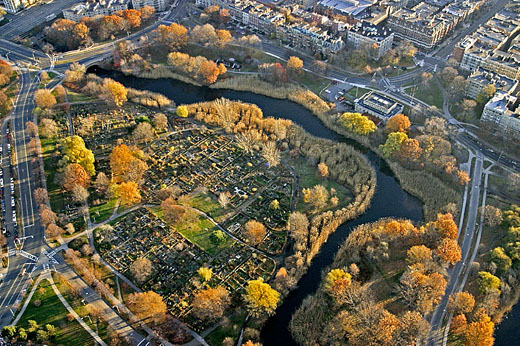In Eugene, Oregon, the number of trees that are cut down each year goes largely unnoticed. They suffer from a variety of conditions such as disease, rotting of trunks and roots, old age, and others that make them hazardous to city dwellers if the big “fellas” take a tumble onto homes, cars, streets, or sidewalks. Seth San Filippo, owner of Urban Lumber Co., has come to see them as a resource rather than a liability and built a thriving company around urban trees.
In the past, after their leafy canopies were gone, most homeowners had the trees cut for firewood, chipped or mulched, says the Eugene Register Guard. Now, a new attitude prevails. One homeowner called San Filippo after a giant maple fell over on his property. He asked to have the tree hauled off and the lumber milled for cabinets in his home.
The salvage operation makes all kinds of specialty lumber from the city trees. While the value of the wood varies according to size and type, it has been used as flooring, furniture, mantles, and musical instruments. On San Filippo’s Web site (www.urbanlumbercompany.com), he states that 4 billion board feet of lumber goes to waste each year in the United States because cities and landowners do not salvage the usable parts of trees that are diseased or blown down.
In one Eugene neighborhood, a 100-year-old tree that had outlived its years left behind an unusual legacy. Local homeowners organized a ceremony honoring the old tree and planted new ones that eventually will replace the old giant. And the tree itself yielded 1,500 board feet of lumber that will live far into the future.



